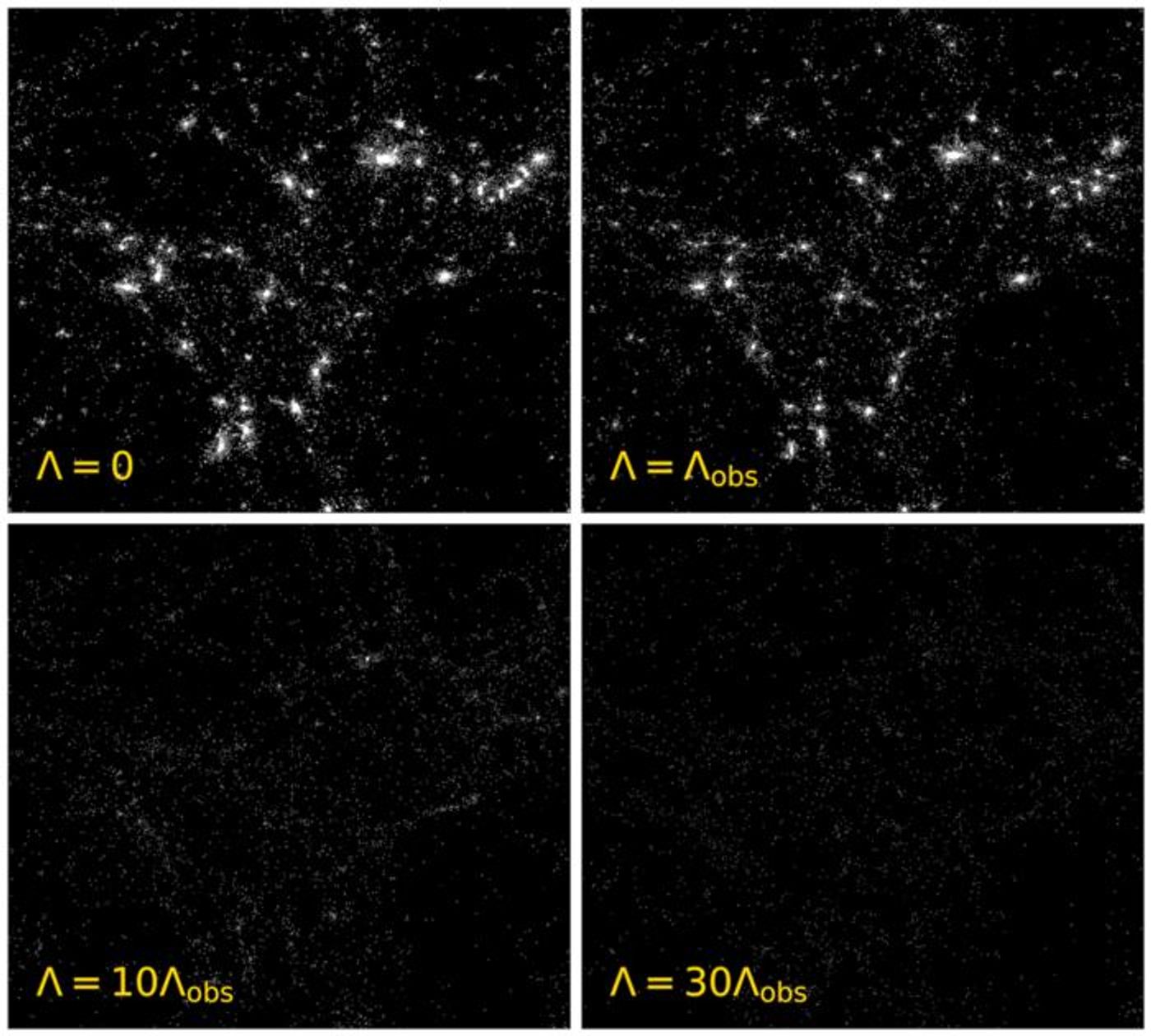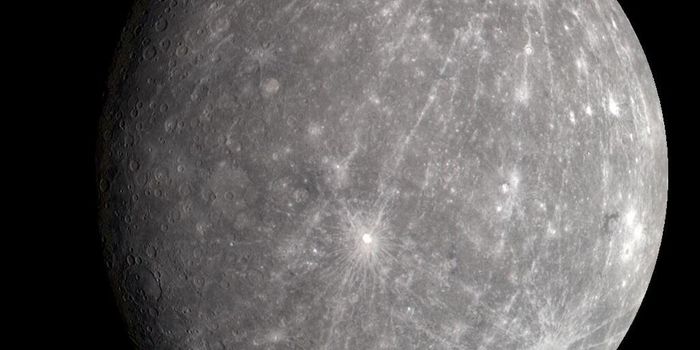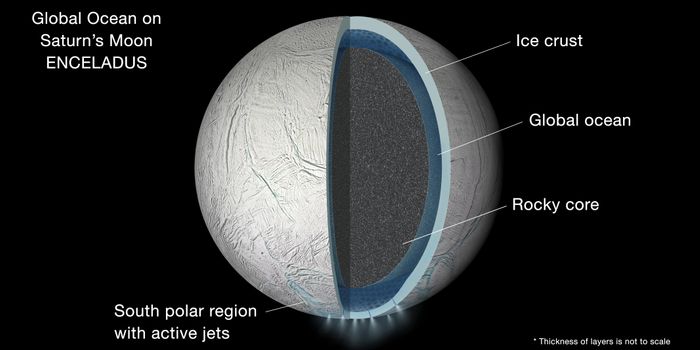Life in the Multiverse: The Role of Dark Energy in Star Formation and Intelligence
How can we determine if intelligent life exists in our Universe, or maybe other universes? This is what a recent study published in the Monthly Notices of the Royal Astronomical Society as an international team of researchers from the United Kingdom and Switzerland investigated how the universe’s expansion, which is hypothesized to be caused by dark energy, could help explain the number of habitable stars throughout our Universe and potentially other universes, also known as the multiverse. This study holds the potential to help researchers better understand the Drake Equation and the conditions throughout our Universe that could be responsible for finding intelligent life beyond Earth.
For the study, the researchers developed an elaborate model designed to estimate star formation throughout the universe based on the amount of ordinary matter responsible for star formation among varying densities of dark energy. In the end, the researchers’ model calculated the amount of ordinary matter needed to trigger star formation is 27 percent. In contrast, it is currently estimated that our Universe currently contains approximately 23 percent of ordinary matter, meaning our Universe could lack the necessary conditions to trigger star formation, thus leading to intelligent life.
Rendition depicting dark energy densities with zero (top left), our Universe (top right), 10 times the density (bottom left), and 30 times the density (bottom right). (Credit: Oscar Veenema)
"Understanding dark energy and the impact on our Universe is one of the biggest challenges in cosmology and fundamental physics,” said Dr. Daniele Sorini, who is a postdoctoral research associate at the University of Durham and lead author of the study. “The parameters that govern our Universe, including the density of dark energy, could explain our own existence. Surprisingly, though, we found that even a significantly higher dark energy density would still be compatible with life, suggesting we may not live in the most likely of universes."
These findings help put a quantitative answer to the Drake Equation, which was an equation created by Dr. Frank Drake to try and determine the number of technological civilizations that could exist in the Milky Way Galaxy.
What new discoveries about finding life throughout the universe, or possibly the multiverse, will researchers make in the coming years and decades? Only time will tell, and this is why we science!
As always, keep doing science & keep looking up!
Sources: Monthly Notices of the Royal Astronomical Society, EurekAlert!









